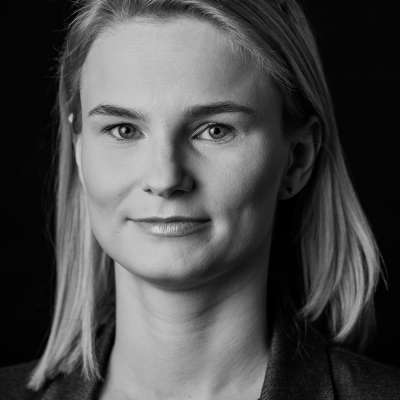Combating counterfeit products – a blacklist of websites and physical marketplaces
On 7 December 2018 the European Commission released a watchlist of websites and physical marketplaces located outside of the European Union that have been identified as major sources of infringement of intellectual property rights.
The list was drawn up following consultations with holders of intellectual property rights and organisations that help to combat counterfeit products and piracy, supported by EUIPO and Europol. Member states as well, including their customs services, provided gathered information, so that the list reflects the true situation on the market.
Websites and physical marketplaces were selected according to global or regional popularity and sales volume.
In the case of the online market, online tools such as Alexa and SimilarWeb, which show website traffic, i.e. website popularity, proved useful. When the list was being drawn up, the question of whether a website is operated in line with the EC recommendation of 1 March 2018 on measures to effectively tackle illegal content online was also considered.
There are four main groups of entities featured on the list:
- Websites that offer copyrighted content; this contains subgroups, such as hosting service providers, notice providers, or internet domain registration services such as ThePirateBay.org or Popcorn Time),
- Online marketplace websites such as the Indonesian Bukalapak, Thailand-based Lanzada, and the following, operated by the EVO Company Group: Tiu.ru, Prom.ua, Bigl.ua, Deal.by and Satu.kz,
- Online pharmacies and online service providers that help to sell medicines, for example EPIK Inc. – a domain registration service used for instance by RxProfits – an online pharmacy chain that offers counterfeit pharmaceuticals,
- Traditional marketplaces for instance in Argentina, Ukraine, China, India, and Indonesia.
The list is intended as a clear indication of the scale of the problem and to induce the relevant authorities in third countries to take measures to reduce availability of the infringing goods and services. It is also intended to increase consumer awareness. For many years it has been said that counterfeit products pose a real risk to users. For example, counterfeit crop protection agents often contain toxic substances and can be dangerous for people who spray crops and people who consume sprayed produce. Substances of this kind may pose a threat to human health and life, and may also be harmful to the environment.
The list is part of a broader initiative to protect intellectual property rights more effectively. As early as the end of November 2017, the EC announced that the list would be drawn up as part of the framework strategy for measures for 2018 and 2019. One of the pillars of the presented plan is active measures at a global level to encourage widespread observance of best practices and improve cooperation with third countries.
Only a global approach to combating infringement of intellectual property rights can produce the desired results. This is another reason why the European Union is combating counterfeiting and piracy not only on the internal market but also – as far as possible of course – in third countries.
In the EU, the measures could take the form of specific legislative proposals, while outside of the EU soft measures will play an important role. One of these is precisely the publication of the watch list.
Ewa Górnisiewicz-Kaczor, adwokat, Intellectual Property practice, Wardyński & Partners
